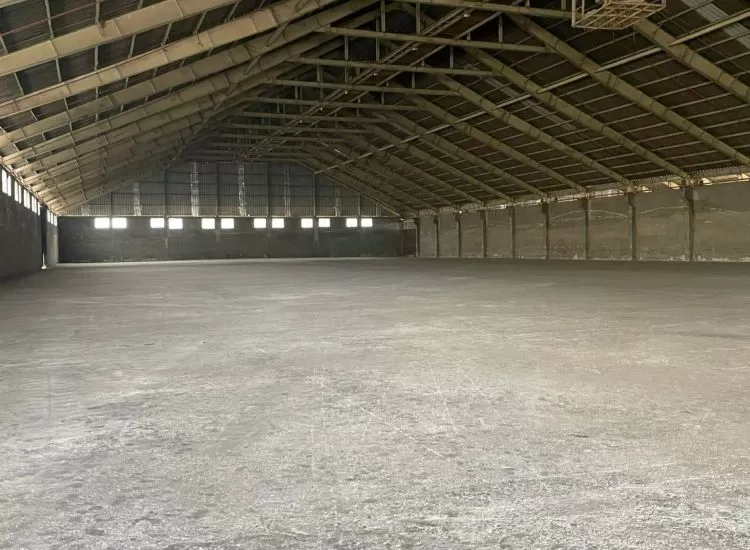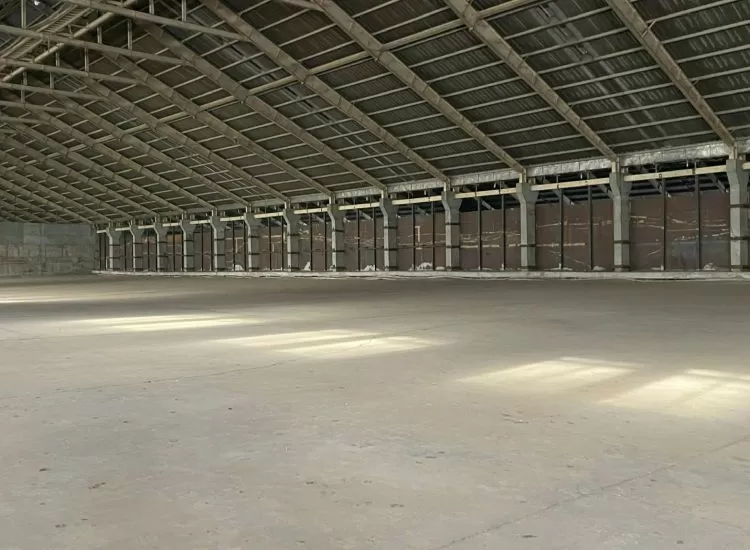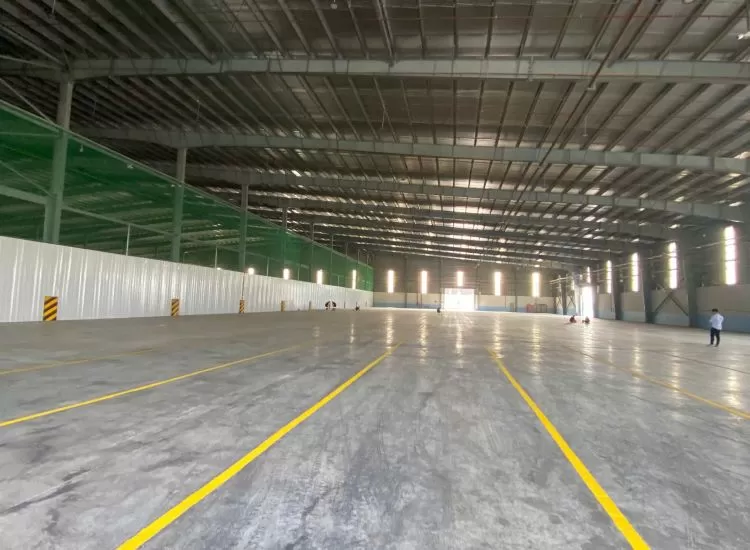Creating a Lean and Green Culture
Focusing on saving money or going green doesn't have to be an either/or proposition.
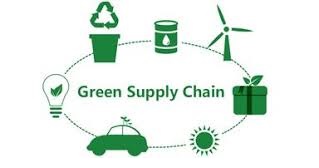
Fabio Duque, global head of consumer vertical for APL Logistics, offers tips for creating efficiencies that have both environmental and financial benefits.
1. Re-examine your international expedited transportation mix.
If you routinely use air cargo to expedite global shipments, consider switching to time-definite ocean shipping. It's often just as reliable, costs 75 percent less than air, and leaves a drastically smaller carbon footprint.
2. Consider DC bypass.
If you have retail operations or customers near a particular port, but don't operate a distribution center in the area, find a deconsolidation center close by to direct-ship products. This could shave up to 24,000 kilowatts and 6,500 kilograms of carbon dioxide emissions per 40-foot container shipment off your carbon footprint - and save considerable money, too.
3. Stay on track.
Trains are a far greener form of land transportation than trucks because they emit two-thirds less carbon dioxide. Plus they're less expensive, even when factoring in recent drops in fuel prices. Use rail for the final leg of your products' journey whenever you can.
4. Add a new dimension to trailer cube utilization.
Encourage your Lean or engineering team to study and measure the specific contents of outbound trucks. Then run new trailer cube utilizations with the help of the refreshed data. This allows additional pallets, boxes, or cases onto outgoing loads and reduces transits.
5. Invest in bright ideas.
Switching from halide or fluorescent to fixtures such as T5 or T8 lamps may result in using 70 percent less light-related electricity than you once did, and potentially racking up big savings. Consider using natural light at your facilities where appropriate.
6. Slam the door on heating and cooling loss.
Dock doors that open and close slowly, contain inadequate insulation, or have breaches in the sealing around them waste money and energy, and could add hundreds of thousands of dollars of temperature loss and energy waste per year. Consider installing newer, faster moving truck doors or revamp the sealing around current doors. This will help your facilities hold warm or cold air in longer and significantly reduce associated heating and cooling bills.
7. Enhance pallet loadability.
A Lean project that focuses on pallet loadability could play an instrumental role in increasing the average number of cases your company can ship per pallet and ultimately allow you to use fewer pallets and truckloads per year.
8. Optimize warehousing networks and layouts.
Warehouses can either be a big part of the problem or a major part of the solution. Thorough and frequent network optimization will ensure not only that your company has the best warehouse locations from a cost/customer service perspective, but also that you use the least amount of fuel for the greatest amount of productivity.
9. Re-package.
Letting suppliers choose supply chain packaging is akin to shipping dollars out the door because most tend to err on the side of over-protection. Retool this largely untapped area of your supply chain to make your supply chain packaging work smarter, not harder.
10. Participate in SmartWay.
The many companies that participate in the Environmental Protection Agency's SmartWay Transport Partnership have made significant strides in reducing our industry's energy use. Even if your company has not been able to participate, try to work with partners who do.
(Source: Inboundlogistics)










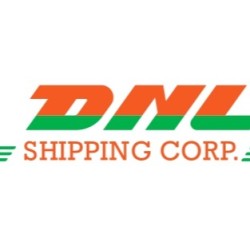
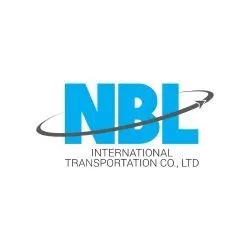






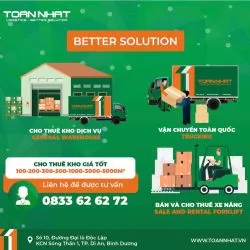

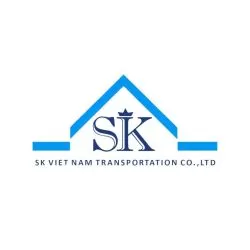
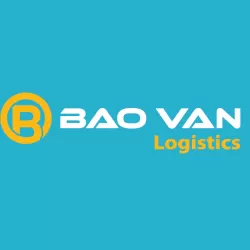
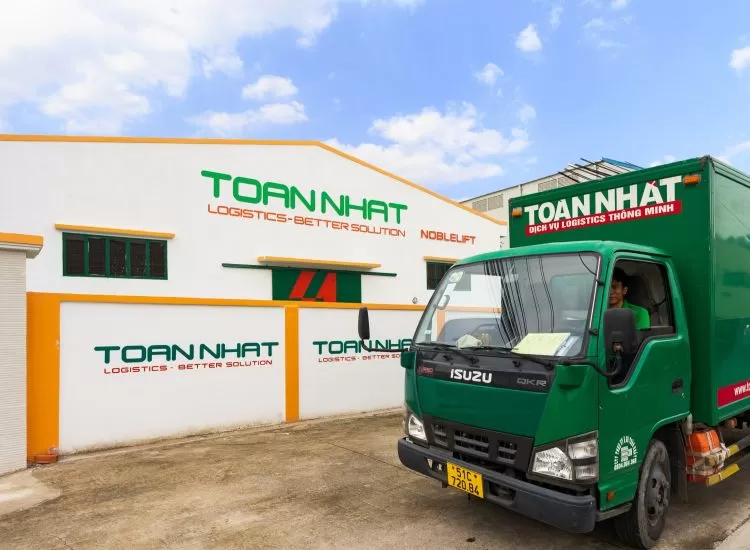
.webp)
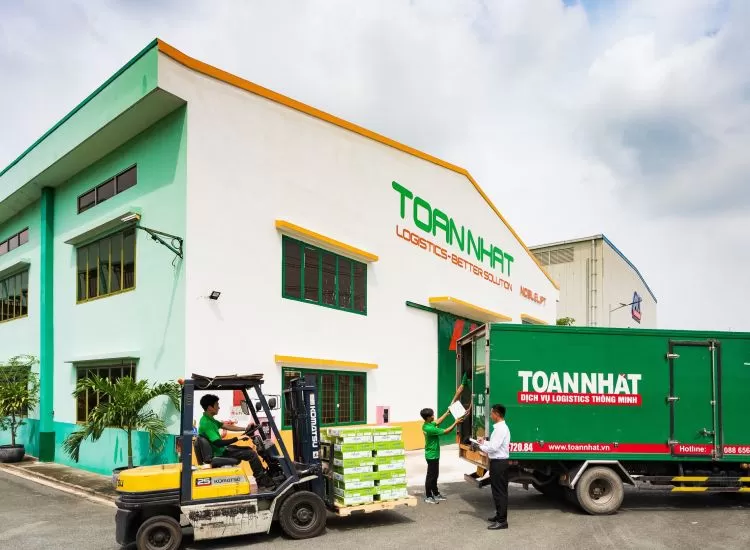
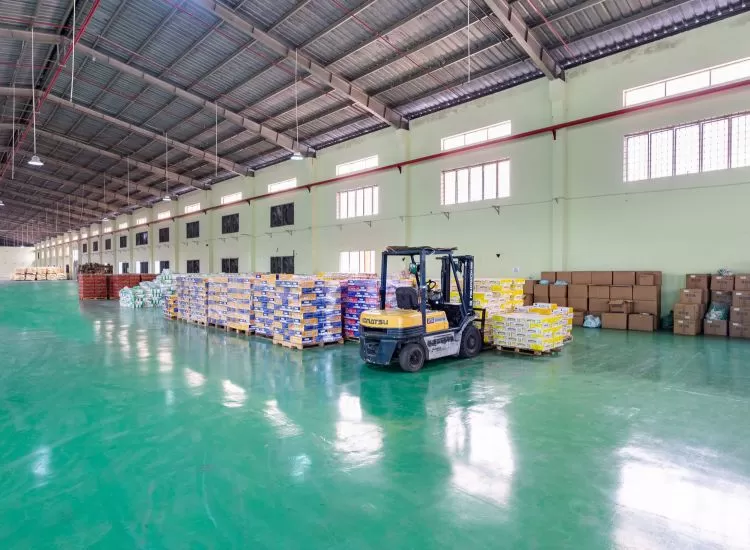

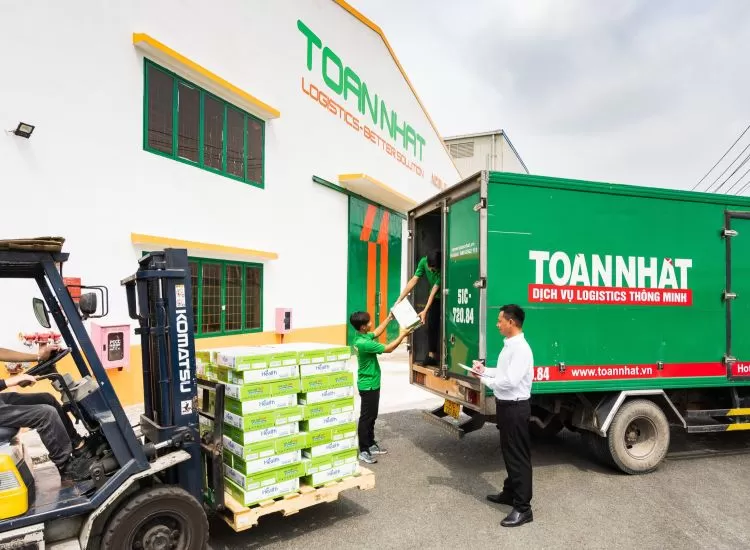
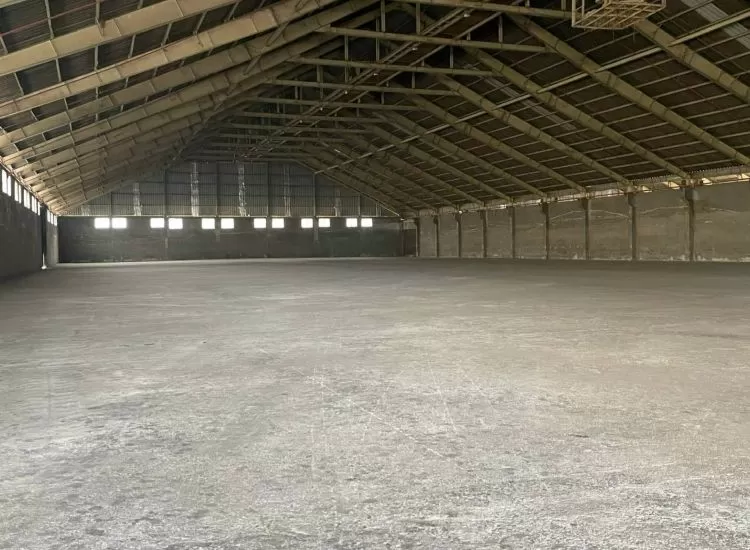
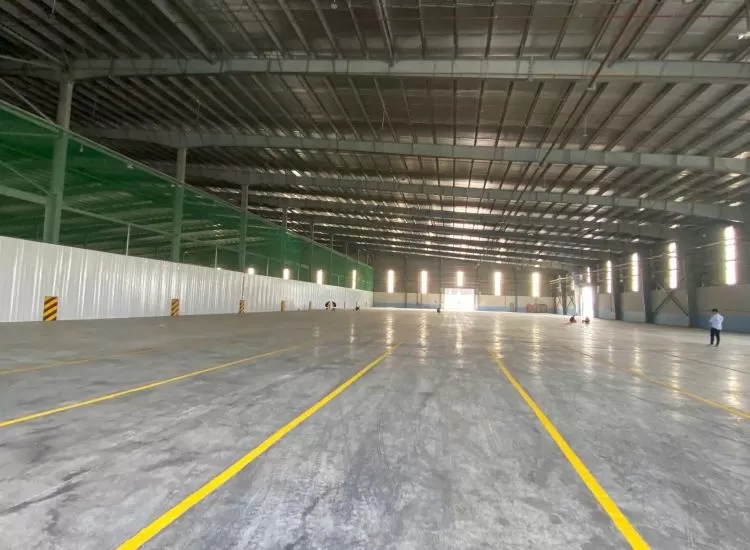
.webp)
.webp)
.webp)
